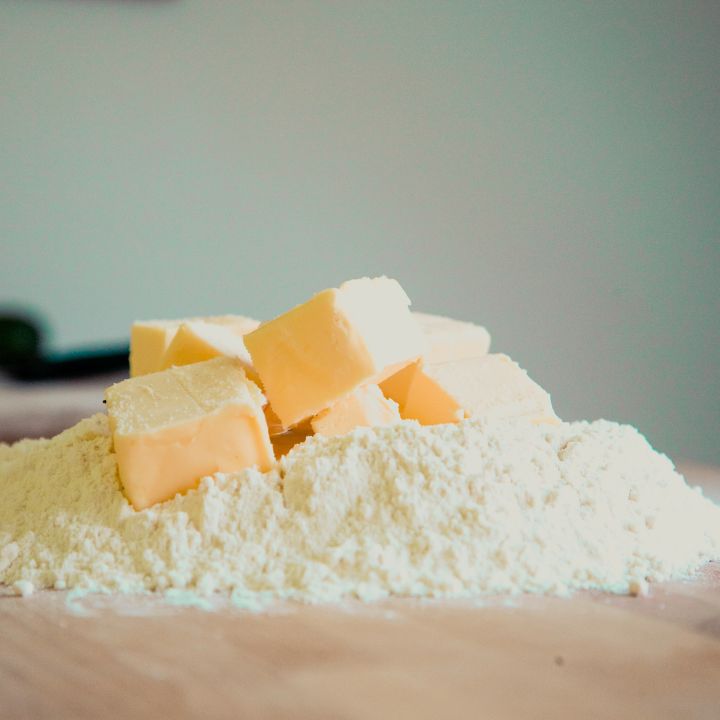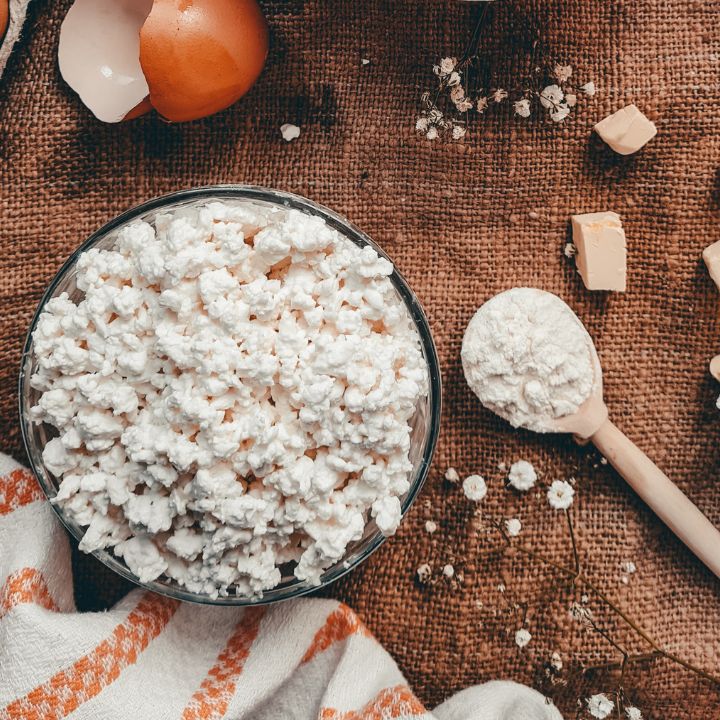Butter is a staple ingredient in many baking recipes, but for people who are lactose intolerant or vegan, butter alternatives are a great option. There are a variety of butter alternatives available, each with its own unique properties and benefits. In this article, we will explore some popular butter alternatives and how they can be used in baking.




Butter Alternatives
One popular alternative to butter is vegetable oil. Vegetable oil is a versatile ingredient that can be used in a variety of recipes, including cakes, muffins, and bread. When used in baking, vegetable oil adds moisture to the recipe and creates a soft, tender texture. It is also a good option for people who are trying to reduce their intake of saturated fats, as vegetable oil is a healthier alternative.
Another popular butter alternative is coconut oil. Coconut oil has a high smoke point, which means it can be used at high temperatures without burning. It is a good option for recipes that require frying or sautéing, as it creates a rich, buttery flavor. Coconut oil can also be used in baking recipes, but it is important to note that it solidifies at room temperature, which can affect the texture of the finished product. It is best to use coconut oil in recipes that do not require a creamy texture, such as cookies or brownies.
Avocado is also a great alternative to butter in baking. Avocado is rich in healthy fats and has a creamy texture, which makes it a great substitute for butter in recipes that require a creamy texture, such as frosting or mousse. When using avocado in baking, it is important to note that it has a distinctive flavor that can be overpowering in some recipes. It is best to use avocado in recipes that have a strong flavor, such as chocolate or banana.
Another butter alternative that is gaining popularity is nut butter. Nut butter, such as almond or peanut butter, is a great option for people who are looking for a healthy, protein-rich alternative to butter. Nut butter can be used in a variety of baking recipes, including cookies, muffins, and bread. When using nut butter in baking, it is important to note that it has a distinct flavor that can affect the taste of the finished product. It is best to use nut butter in recipes that have a nutty flavor, such as oatmeal or banana.
There are a variety of plant-based butter alternatives available on the market. These include margarine, shortening, and vegan butter. These butter alternatives are made from a variety of vegetable oils and are a great option for people who are vegan or lactose intolerant. Plant-based butter alternatives can be used in a variety of baking recipes, including cakes, muffins, and cookies. When using plant-based butter alternatives in baking, it is important to note that they have a different texture and flavor than butter. It may be necessary to adjust the amount of liquid or fat in the recipe to achieve the desired texture.
Butternut Squash Puree
Substituting butternut squash puree for butter in baking can be a healthy and delicious option. The ratio of substitution depends on the recipe and the desired texture and taste. In general, butternut squash puree can be substituted for butter in a 1:1 ratio by volume. For example, if a recipe calls for 1 cup of butter, you can use 1 cup of butternut squash puree instead.
Sweet potato puree is a great alternative to traditional fats in baking. It can be used to replace butter, oil, and even eggs in some recipes. When using sweet potato puree as a substitute for fat, use a 1:1 ratio. For example, if a recipe calls for 1 cup of butter, use 1 cup of sweet potato puree instead.
Applesauce
When substituting applesauce for butter in baking, it is important to consider the recipe and the desired outcome. In general, the substitution ratio for applesauce to butter is 1:1, which means that for every 1 cup of butter in a recipe, you can use 1 cup of applesauce instead. However, this ratio may not work for every recipe, as the texture and moisture level may be affected.
Tahini
Tahini is a thick, creamy paste made from ground sesame seeds. It has a rich, nutty flavor and is commonly used in Middle Eastern and Mediterranean cuisine. In recent years, tahini has become increasingly popular in the Western world due to its health benefits and versatility in cooking and baking.
There are a variety of butter alternatives available that are suitable for baking. Each alternative has its own unique properties and benefits, and the best option will depend on the recipe and personal preference. Vegetable oil, coconut oil, avocado, nut butter, and plant-based butter alternatives are all great options for people who are looking to reduce their intake of butter or who are vegan or lactose intolerant. When using butter alternatives in baking, it is important to consider the unique properties of each alternative and adjust the recipe as necessary to achieve the desired texture and flavor. With the right butter alternative, you can create delicious baked goods that are healthy and flavorful.

